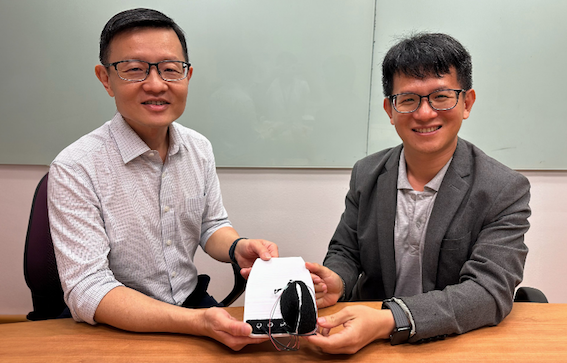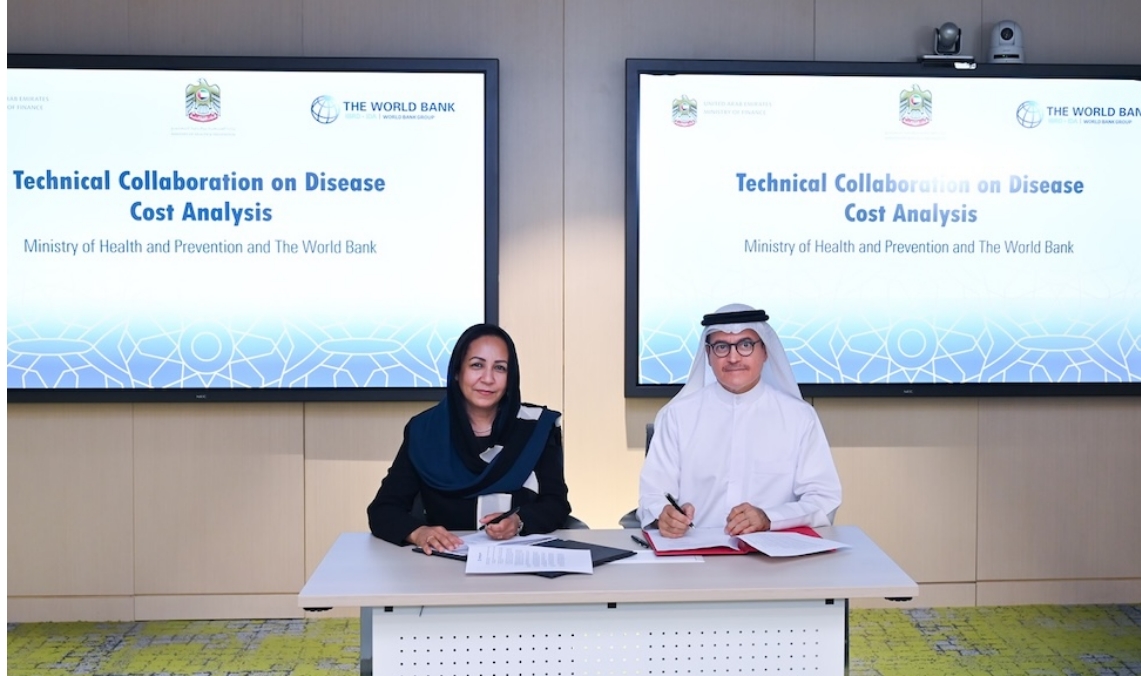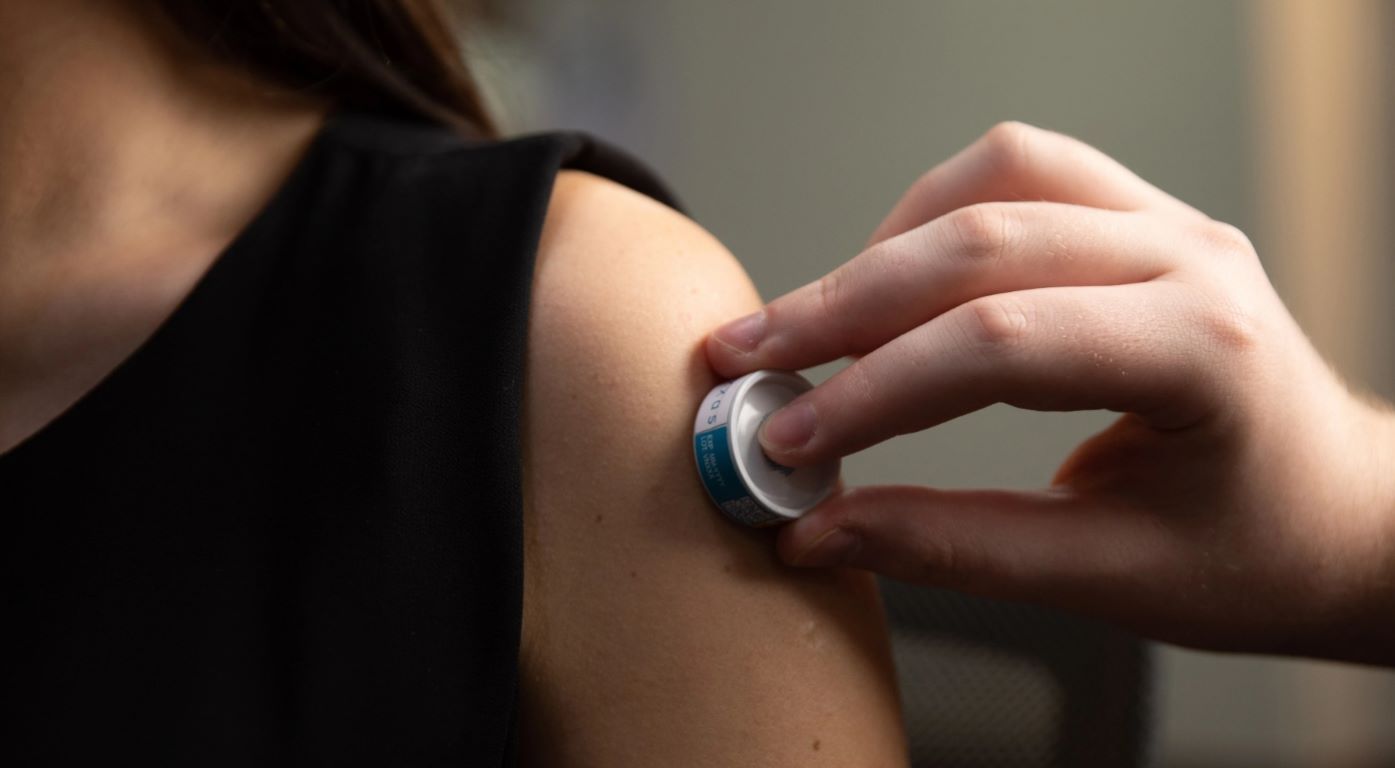
In muscular dystrophy, genetic mutations interfere with the production of proteins needed to form healthy muscle. Simple, everyday activities like using the phone can become increasingly difficult over time. As there is currently no cure for muscular dystrophy, patients will have to continuously adapt to their deteriorating condition.
With the support of the Enabling Lives Initiative Grant from SG Enable, a research team from the National University of Singapore (NUS) Institute for Health Innovation & Technology(iHealthtech) and the College of Design and Engineering set out to develop an assistive device to help muscular dystrophy patients use smartphones and tablets even in advanced stages of the disease.
After rounds of user testing and research involving patients, caregivers, physiotherapists, and medical professionals, the team created a working prototype known as the FUNction Device.
This device uses a soft, thin, and stretchable sensor that translates minute finger movements into software controls. It is designed to be user-friendly and functions like a computer mouse, with adjustable sensitivity.
The team is currently working with seven patients to test the device, and has plans to recruit 20 more to further refine the technology before commercialising it in Singapore. The team also plans to adapt the device for individuals with other neuromuscular disorders and neurological disabilities.
Image caption- Prof Lim Chwee Teck (left) and Dr Yeo Joo Chuan (right) holding a protype of the FUNction Device




